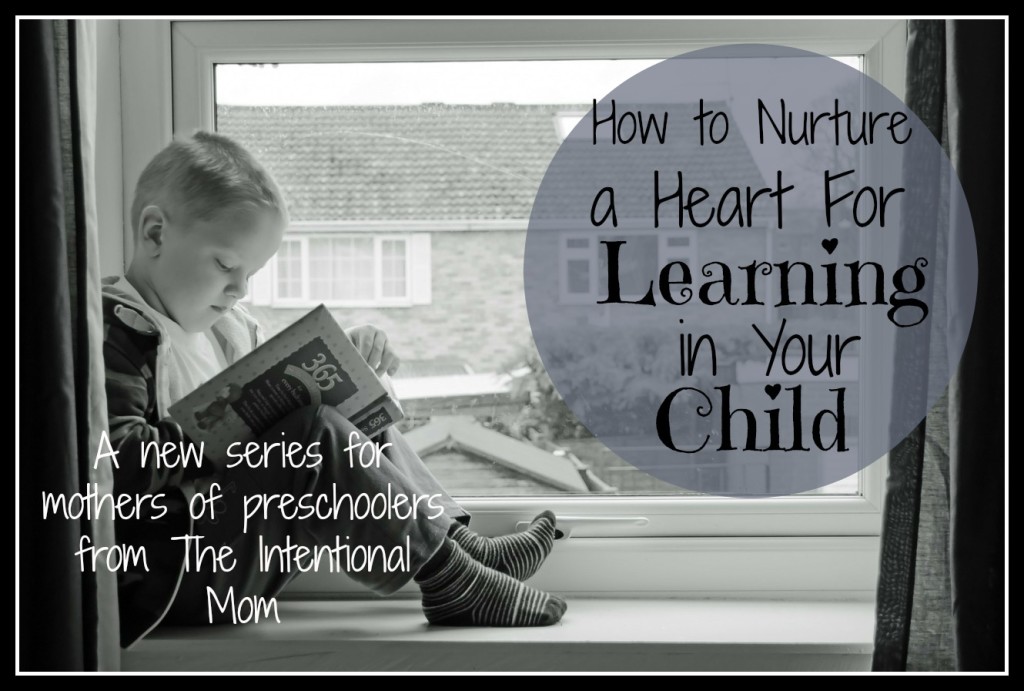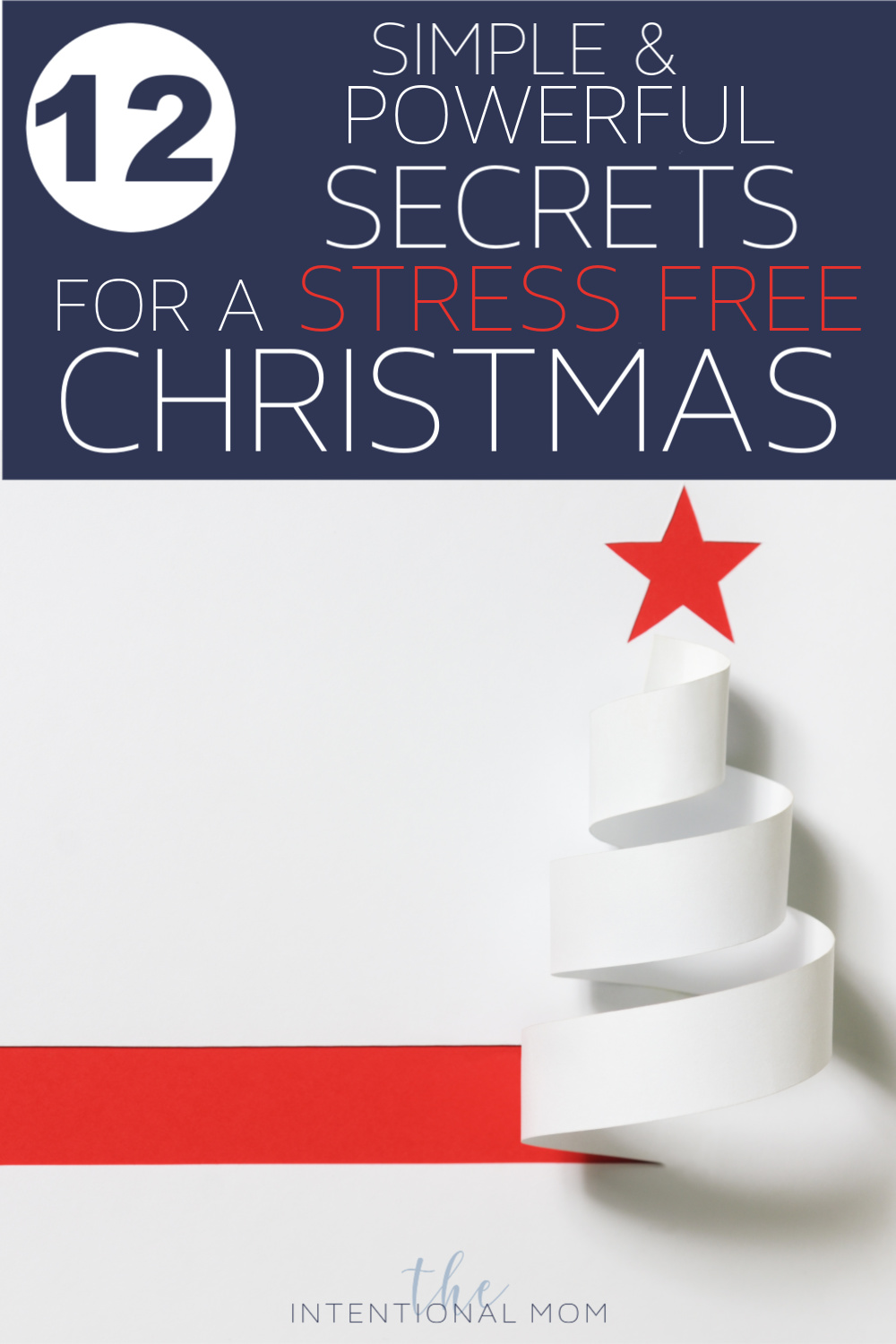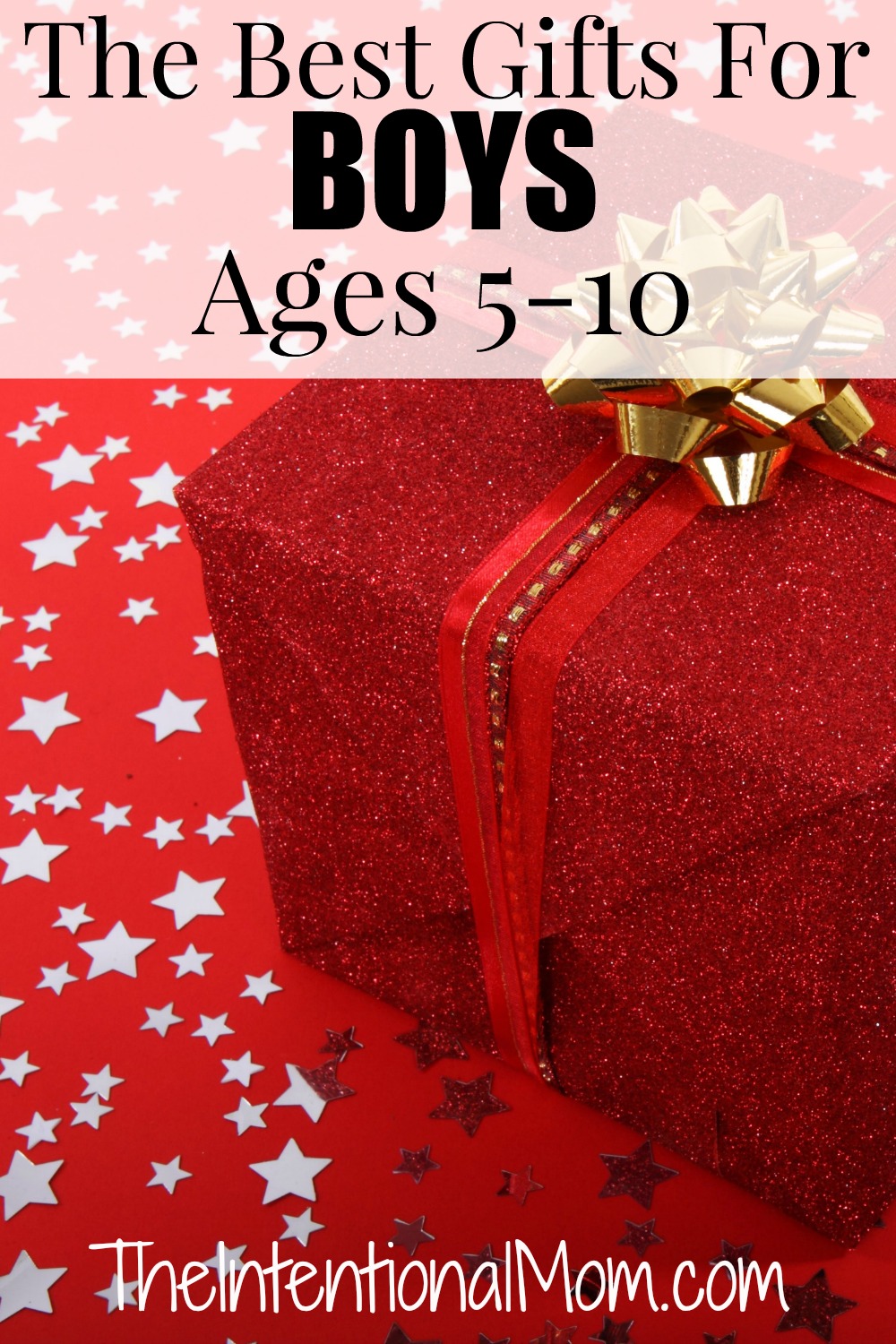How to Nurture a Heart For Learning in Your Child – Learning Prepositions
The Intentional Mom Planning System is where you need to start with our incredible collection of product options. It will help you establish the basics for your life & home so you’ll finally have a plan, save yourself time, and go to bed feeling like you accomplished something every day (because you did). Save up to 60% HERE!

For this game (it is always so much more fun to call something a game rather than an exercise) you will need:
- a chair or a small table
- a box that is the size that a good sized textbook could be in
- a grocery sack
- *you could also use a blanket, a pillow, a basket, or whatever other stationary objects you have access to.
any or all of these various items:
- paper clip
- stuffed animal
- spoon
- plastic or paper cup, plate, etc.
- children’s book
- item of child’s clothing
- smaller toy of some kind
- piece of paper
- marker or crayon
- pencil or pen
- child’s shoe
- favorite DVD
- can of vegetables
- paint brush
- notecard
- hair brush
- pony tail holder
- clean toothbrush
- coin
- washcloth
How it works:
The first three items listed are going to be the point of reference on which the commands you give your child will be based. These are all very basic commands using a preposition. Obviously you will use them to fit the items you have, but I will give you 15 examples of how they can be used.
Following are the commands you would give to your child with the prepositions in bold print.
- Put the stuffed animal in the box
- Put the spoon under the table
- Set the book beside the box
- Place the marker inside the bag
- Put the coin on the table
- Put your washcloth over the chair
- Place the notecard inside the bag
- Lay the DVD along the edge of the box
- Put your shirt between the box and the chair
- Put the paintbrush near the chair
- Put your shoe underneath the bag
- Move the vegetables toward the table
- Put the piece of paper below the chair
- Put the pencil with the bag
- Place the ponytail holder around the bag (provided the bag is small enough..otherwise have them put it around the coin or something smaller)
You can see how this exercise can be done any number of ways using any number of objects. The idea is just to have a few stationary objects and then several smaller objects to choose from to use in relation to the stationary objects.
My kids learn the nuts and bolts of prepositions in second grade, and it is amazing how they remember this simple exercise from when they were younger. For several years, they visualize themselves using these items to deduce whether a word they are using is a preposition or not. Teaching them these basic skills when they are young will only make working with prepositions when they are of school age that much easier.





